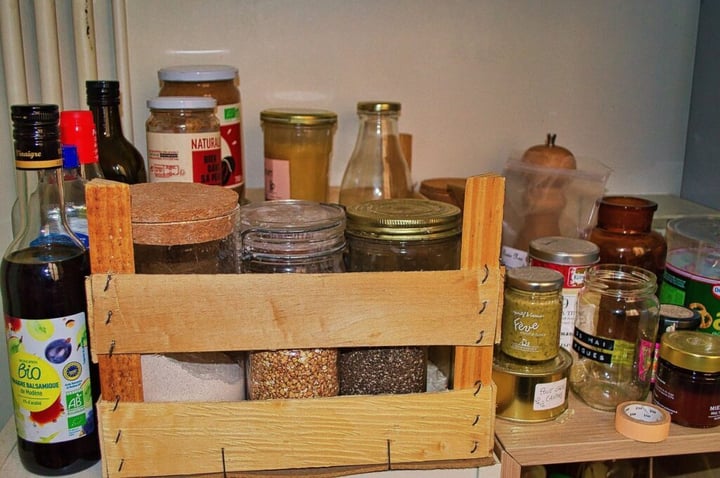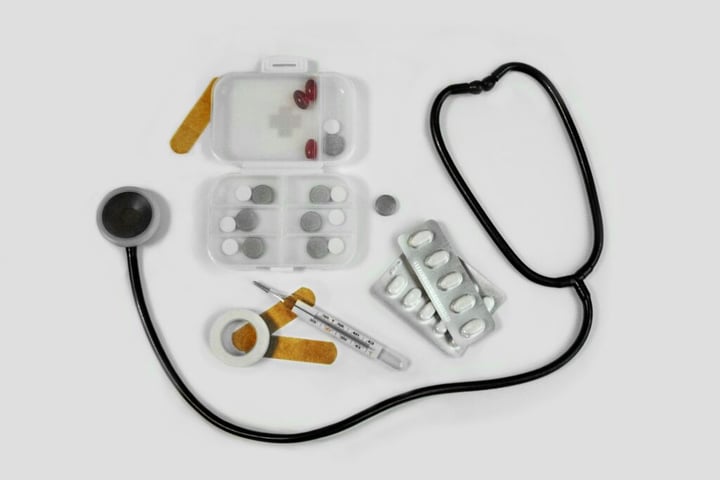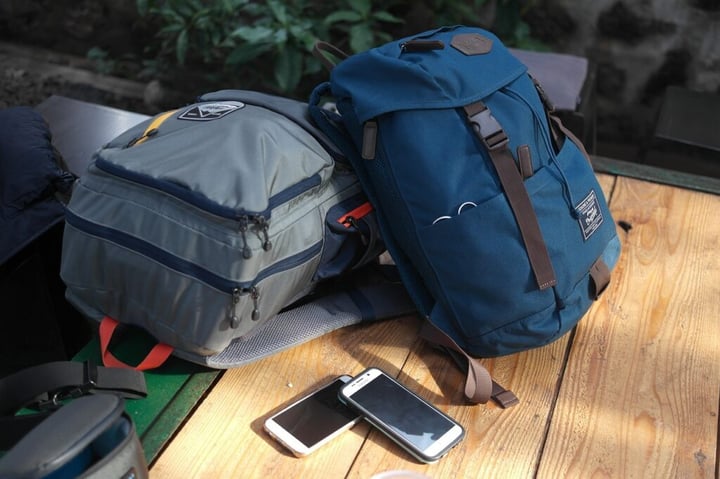
Emergency Preparedness Checklist: What To Keep At Home
Being prepared for emergencies is crucial for every household. Whether it’s a natural disaster, a power outage, or any unexpected event, having an emergency preparedness checklist ensures that you and your family are ready to face any situation. This article provides a comprehensive checklist of essentials that every household should have to stay prepared for emergencies.

Essential Emergency Preparedness Supplies
When preparing for emergencies, it’s important to have a well-stocked supply of essential items. These emergency preparedness supplies can make a significant difference in ensuring your safety and well-being during a crisis.
Water and Food
- Water: Store at least one gallon of water per person per day for at least three days. This includes drinking and sanitation needs. It’s advisable to rotate your water supply every six months to ensure it remains fresh and safe to drink.
- Non-perishable Food: Stock up on a three-day supply of non-perishable food items. Consider canned goods, dried fruits, nuts, and energy bars. Be sure to include a manual can opener if your supplies include canned foods. Additionally, consider any dietary restrictions or allergies when selecting food items.
First Aid Kit
A well-equipped first aid kit is a must-have in your emergency preparedness checklist. Include items such as bandages, antiseptic wipes, gauze pads, adhesive tape, scissors, tweezers, pain relievers, and any prescription medications. Also, consider adding a first aid manual and supplies for specific needs, such as heart medications, insulin, or other prescription drugs.
Clothing and Personal Items
- Clothing: Store a change of clothes and sturdy shoes for each family member. Consider the climate and weather conditions when selecting clothing. It’s also a good idea to include a hat, gloves, and a warm blanket or sleeping bag.
- Personal Hygiene Items: Ensure you have items such as toothbrushes, toothpaste, soap, deodorant, and sanitary products. Include moist towelettes, garbage bags, and plastic ties for personal sanitation. For infants, include diapers, wipes, and formula.
Emergency Go Bag Essentials
An emergency go bag is a portable kit that you can grab quickly in case you need to evacuate your home. Here are some key items to include:
Important Documents
- Copies of personal identification (IDs, passports)
- Medical records and prescription information
- Insurance policies and bank account records
- Important phone numbers and emergency contacts
Communication Devices
- Battery-powered or Hand-crank Radio: To stay updated with news and emergency broadcasts. Make sure to have extra batteries or a solar charger.
- Cell Phone and Charger: Consider a solar charger or power bank as well. Keep a list of emergency contacts in your phone and a hard copy in case your phone battery dies.
Tools and Supplies
In an emergency, having the right tools and supplies can be lifesaving. Make sure your emergency preparedness checklist includes these items:
Flashlights and Batteries
- Flashlights: Keep several flashlights around your home and in your emergency go bag. LED flashlights are a good choice because they are bright and have a long battery life.
- Extra Batteries: Store extra batteries in various sizes to power your flashlights, radios, and other electronic devices.
Multi-purpose Tool
A multi-purpose tool (knife, pliers, screwdriver) is incredibly useful during emergencies. It can help with a variety of tasks, from opening cans to making minor repairs. Make sure it’s easily accessible and in good working condition.

Sanitation and Hygiene
Maintaining sanitation and hygiene during an emergency is crucial to prevent illness and infection. Here are some additional items to include in your emergency preparedness checklist:
Sanitation Supplies
- Moist Towelettes: Useful for cleaning hands and surfaces when water is not available.
- Garbage Bags and Plastic Ties: For waste disposal and to keep your living area clean.
Portable Toilet: If you’re unable to use your regular bathroom, a portable toilet can be a lifesaver. Include toilet paper and hand sanitizer.

Health and Special Needs
Consider the specific health and special needs of your family members when creating your emergency preparedness checklist. Here are some additional items to consider:
Prescription Medications
Ensure you have a sufficient supply of any prescription medications that family members take regularly. Include a copy of the prescriptions and instructions for each medication.
Medical Devices
If anyone in your household uses medical devices such as a CPAP machine, oxygen tank, or insulin pump, make sure you have backup power sources and extra supplies.
Glasses and Contact Lenses
Include an extra pair of glasses or contact lenses and contact lens solution if needed. These items can be easily overlooked but are essential for those who rely on them for daily activities.

Pet Supplies
Don’t forget about your pets when creating your emergency preparedness checklist. Here are some items to include for your furry friends:
- Pet Food and Water: Store a three-day supply of food and water for your pets.
- Leash and Carrier: In case you need to evacuate, have a leash and a carrier ready for each pet.
- Pet Medications: Include any medications your pets need, along with a copy of their medical records.
For a more detailed checklist, refer to the Red Cross Emergency Preparedness Checklist.
The Importance of Emergency Preparedness
Understanding the impact of emergencies on human settlements and how to prepare for them is essential. Read about the impact of El Niño Southern Oscillation on the human settlements in Lima to learn more about the importance of being prepared.
What Makes a Community a Safe Place to Live?
A community’s safety is not only about individual preparedness but also about collective efforts. Learn more about what makes a community a safe place to live and how community members can work together to enhance safety.
The Safer Homes Movement - Paving the Way for Housing Solutions
Being prepared for emergencies is a responsibility that every household should take seriously. By following this emergency preparedness checklist, you can ensure that you and your family are ready to face any unexpected situation. For more information on creating safe and accessible living spaces, download our comprehensive Safe Homes Brochure.





